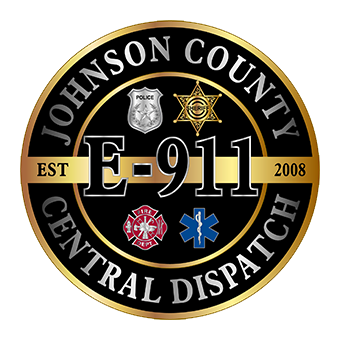Warnings & Alerts
- Home
- Warnings & Alerts
Warnings And Alerts
Information is crucial in an emergency, offering you details about the event and advice that can help to save your life. Many of us rely on television, radio, and the internet for news sources. However, as some emergencies can disrupt electricity or communications devices, you should discover alternative means for staying informed.
Staying informed also requires a means for letting others know that you are safe. Identify at least one contact outside of our area as your designated contact. In some major events, it may be easier to communicate through those in other counties or states than it will be to talk to neighbors. This out-of-town contact will enable family members and friends to connect even when traditional networks are down.
Alerting Systems
One of Emergency Management’s primary responsibilities is to issue public warnings related to potential threats. To do that, Emergency Management works in cooperation with many agencies, including the National Weather Service. The goal is to push out accurate information and warnings through multiple sources, as quickly as possible, to alert as many residents and visitors in our area as possible.
Alerting methods that are commonly used include television, radio, and other media outlets; warning sirens; NOAA Weather Radio, and websites. In recent years, alerting capabilities have expanded to include text and email messaging, social media, and various online apps. Used together or individually, these resources can keep residents and travelers aware and informed before, during, and after emergencies.
However, it is important to remember that each of these methods does have its limitations. Because any of these methods can be damaged or interrupted, residents are encouraged to have more than one method to receive alerts and warning information.
Types of Alerting Systems
Emergency Alert System (EAS)
The Emergency Alert System is used to send warnings and information via broadcast, cable, satellite and wire-line communications pathways out to the public through radio and television stations. Regularly scheduled programming can be interrupted to send out emergency announcements when necessary. The EAS may be used along with other alerting systems, or alone if all other means of alerting the public are unavailable. EAS is managed jointly by the Federal Emergency Management Agency (FEMA), the Federal Communications Commission (FCC), and the National Weather Service.
NOAA Weather Radio (NWR)
A National Oceanic and Atmospheric Administration (NOAA) Weather Radio is also referred to as “the Voice of the National Weather Service” and coverage extends to virtually all parts of the United States. Known primarily for weather alerts, a NOAA Weather Radio may also be used to signal non-weather-related local and civil emergencies. Because of this alerting network, emergency managers and public safety agencies encourage all homes and businesses to obtain NOAA Weather Radios.
NWR is made up of a network of more than 970 transmitters across the United States that are directly linked to local National Weather Service offices, which issue weather warnings, as well as relaying other emergency messages on behalf of public safety agencies and alerting authorities. NOAA Weather Radio is provided as a public service by the National Oceanic and Atmospheric Administration.
Wireless Emergency Alerts (WEA)
Wireless Emergency Alerts are emergency messages sent by authorized alerting authorities directly to cell phones, through mobile service providers. The messages are very short (currently no more than 90 characters) and are designed to bring critical situations to the public’s attention. It will not include all details that are typically provided through other alert methods, but it will alert all phones around the hazard at that time, regardless of where the individual resides.
There is no need to subscribe to or download an app to receive a WEA message. The service is provided by the cellular service carrier to alert-capable models of phones. Citizens should check with their cell phone service provider to discover if their phones can receive alerts.
Integrated Public Alert and Warning System (IPAWS)
The Integrated Public Alert and Warning System may be used by public safety and alerting authorities to send emergency alerts through many methods at one time, to reach as many people as quickly as possible. IPAWS includes texts, email, broadcast radio/TV media, and NOAA Weather Radio communication. Some systems also include voice message and outdoor warning siren capabilities. In the future, the system will be adaptable to new technology as it is developed.
RAVE Alerts
Alerts powered by RAVE is the official emergency notification system used by the Johnson County Emergency Management Agency to communicate with community residents before, during and after emergencies. Sign up now to receive free alerts from Johnson County Emergency Management Agency via text message, email and/or voice!
With Rave Prepare, you may submit medical information and access or functional needs through an online portal for emergency planning, response, and recovery. During a disaster, emergency managers easily identify residents in need of assistance, communicate with them, and assign resources to send help.
The interactive web-based map interface allows emergency managers to create queries by demographics or location to single out any group or segment in need of assistance.
Rave does not charge subscribers to send or receive SMS messages. Standard or other messaging charges apply depending upon your wireless carrier plan and subscription details. Once registered, you can opt out of SMS messages at any time by texting STOP to 67283 or 226787
For more information on RAVE or assistance in creating your profile contact Johnson County Emergency Management at (660) 747-2666.

